Results 10,401 to 10,410 of 12096
Thread: Anandtech News
-
03-05-20, 06:39 PM #10401
Anandtech: AMD Clarifies Comments on 7nm / 7nm+ for Future Products: EUV Not Specifie
As part of AMD’s Financial Analyst Day 2020, the company gave the latest updates for its CPU and GPU roadmap. A lot of this we have seen before, with the company talking out to Zen 4 and Genoa on its datacenter CPU product line, out to Zen 3 and Ryzen 4000 with the consumer product line, and now with the RDNA/CDNA split between consumer and compute graphics. In previous graphs of a similar nature, AMD used the term ‘7nm+’ when referring to products beyond the first iteration of 7nm. AMD has today clarified to us that this does not mean they are using TSMC’s N7+ process node for those items.
TSMC has three high-level versions of its 7nm process:
- N7, which is the basic initial version using ‘DUV’ only tools (so no EUV),
- N7P, which is the second generation version of N7 which is also only DUV
- N7+, which is an EUV version of N7 for a number of layers in the metal stack
This nomenclature has been finalized within the past year or so.
Before this, AMD had presented various CPU and GPU roadmaps to the public. For the Zen 2 hardware, such as Ryzen 3000 series (Matisse), AMD had labeled this as ‘7nm’, which was all widely interpreted to mean TSMC’s N7 process. For future products, such as Zen 3, AMD had the slide listed as ‘7nm+’, which everyone had understood was ‘a better version of 7nm’.
Because AMD labeled those as 7nm+, when TSMC called its version of 7nm with EUV to be N7+, one of the obvious assumptions that people have made is that where AMD wrote 7nm+, it was to be on the N7+ process. We have since learned that this is not entirely correct.
In order to avoid confusion, AMD is dropping the ‘+’ from its roadmaps. In speaking with AMD, the company confirmed that its next generations of 7nm products are likely to use process enhancements and the best high-performance libraries for the target market, however it is not explicity stating whether this would be N7P or N7+, just that it will be ‘better’ than the base N7 used in its first 7nm line.
This doesn’t necessarily mean that AMD isn’t going to be using EUV in the future – we were told it will be on a case by case basis, and at this time they wanted to clarify that AMD is not making any specific clarifications of which version of 7nm from TSMC it plans to use. More will be detailed at future events.
Interested in more of our AMD Financial Analyst Day 2020 Coverage? Click here.
More...
-
03-05-20, 06:39 PM #10402
Anandtech: Updated AMD Ryzen and EPYC CPU Roadmaps March 2020: Milan, Genoa, and Verm
Everyone is interested in roadmaps – they give us a sense of an idea of what is coming in the future, and for the investors, it gives a level of expectation as to where the company might be in a year to five years. Today at AMD’s Financial Analyst Day, the company gave the latest updates on the CPU side of the business, for consumer and for enterprise.
AMD stated that its CPU roadmaps for its enterprise portfolio are going to offer more vision into the future than its consumer side for a couple of reasons. First, the enterprise market is built on a longer product cycle and it helps when planning these systems to know what is in the pipe publicly, but also from an investor standpoint where the enterprise market ultimately offers the bigger financial opportunity.
To that end, AMD confirmed what we essentially knew, with Zen 3 based Milan coming in ‘late 2020’.
Zen 4 based Genoa has already been announced as the CPU to power the El Capitan supercomputer, and in this roadmap AMD has put it as coming out by 2022. We asked AMD for clarification, and they stated that in this sort of graph, we should interpret it as the full stack of Genoa should be formally launched by the end of 2022. Given AMD’s recent 12-15 month cadence with the generations of EPYC, and the expected launch of Milan late this year, we would expect to see Genoa in early 2022.
Astute users might notice that Milan / Zen 3 has been listed as ‘7nm’, where previously it was listed as ‘7nm+’. We’ve got a whole news post on why AMD has made this change, but the short of it is that AMD initially put ‘7nm+’ to mean ‘an advanced version of 7nm’. When TSMC named its EUV version of 7nm as N7+, people had assumed they were the same, and AMD wanted to clarify that Milan is on a version of 7nm, and the exact version will be disclosed at a later date. In the future the company will avoid using ‘+’ so this doesn’t happen again (!). We also have Genoa listed as a 5nm product.
Harder numbers about Milan and Genoa are expected to be unveiled closer to their respective launch times.
On the consumer side, AMD said a little less, with its roadmap only going out to Zen 3, which has the codename ‘Vermeer’ for the desktop product.
In this graph, we see that the Zen 3 product here is on the far right, but so is the date – 2021. Does this mean Zen 3 for consumers is coming 2021? We asked AMD to clarify, and were told that we should interpret this as that the range of Zen 3 consumer products, such as desktop CPUs, HEDT CPUs, mobile APUs, and consumer APUs, should all be available by the end of 2021. The company clarified that Zen 3 will hit the consumer market ‘later this year’, meaning late 2020.
So here comes a poignant question – what is going to come first in 2020? Zen 3 for enterprise is listed as ‘late 2020’, and Zen 3 for consumer is ‘later this year’. AMD makes a lot more money on its enterprise products than its consumer products, and while it enjoys a healthy performance lead in both, it really wants to push its market share in enterprise a lot more to drive home the bigger financial potential. With this in mind, I highly suspect that given AMD’s lead in the consumer market, we might see the company push more of its Zen 3 silicon into the enterprise market as a priority, with only a limited 2020 consumer release. I could be wrong, but we will find out closer to the time.
Interested in more of our AMD Financial Analyst Day 2020 Coverage? Click here.
More...
-
03-05-20, 10:51 PM #10403
Anandtech: AMD Financial Analyst Day 2020 Round-Up: Laying A Path For Bigger & Better
AMD’s first Financial Analyst Day since 2017 has just wrapped up. In the last three years AMD has undergone a dramatic change, launching its Zen CPU architecture, and greatly improving the trajectory of a company that was flirting with bankruptcy a few years ago. And now that AMD’s foundation is once again secure, the company has gathered to once again talk to its loyal (and looking at stock prices, now much richer) investors and how it’s planning to use this success to push into bigger and better things.
We’ve been covering FAD 2020 throughout the afternoon, and we have seen AMD make a number of announcements and roadmap reveals throughout the event. The individual announcements are below, and meanwhile now that the event has wrapped up we want to provide a quick summary of what AMD is going to be up to over the next five years.
More...
-
03-06-20, 09:32 AM #10404
Anandtech: Predators: Acer Launches 24.5 & 27-Inch Fast IPS 240 Hz Monitors
Acer Japan has unleashed the company’s first Predator displays that use Fast IPS panels, and therefore offering a 240 Hz refresh rate along with all the advantages that the IPS technology has, including rich colors, and wide viewing angles. The new 24.5-inch and 27-inch Acer Predator 240 Hz IPS LCDs also support VESA’s Adaptive-Sync technology and are Display HDR400-certified.
Acer’s lineup of Fast IPS monitors currently consists of two models: the 24.5-inch Predator XB253QGXbmiiprzx as well as the 27-inch Predator XB273GXbmiiprzx (not a typo). General characteristics of the displays are similar to those of other Fast IPS-based LCDs available today, so we are talking about a 1920×1080 resolution, 400 nits peak luminance, a 1000:1 contrast ratio, 178°/178° viewing angles, a 1 ms GtG response time (which can be reduced further to 0.1 ms – 0.5 ms response time with overdrive, depending on the model), and a 240 Hz maximum refresh rate with VESA’s Adaptive-Sync technology as well as NVIDIA’s G-Sync Compatible certification on top. The LCD can display 16.78 million of colors and can reproduce 99% of the sRGB color space, just like other monitors that use the same panels.
For connectivity, the new Acer Predators 240 Hz monitors have one DisplayPort 1.2a connector, two HDMI 2.0b inputs, and a quad-port USB 3.0 hub. On the audio side of things, the LCDs have 2W stereo speakers, and a headphone output.
Traditionally for Acer Predator monitors aimed at esports professionals and hardcore gamers, the displays come equipped with aggressively looking stands that can adjust height, tilt, and swivel. Also the LCDs can work in portrait mode.
So far, only Acer Japan has introduced the company’s first 240 Hz Fast IPS Predator-branded displays with a plan to start selling them as early as this week, but we are not sure about intentions of Acer's divisions from other countries. The smaller 24.5-inch Predator XB253QGXbmiiprzx is expected to be priced at ¥46,000 (think about an MSRP of around $430 in the States), whereas the larger 27-inch Predator XB273GXbmiiprzx is projected to cost ¥55,000 (so, expect an MSRP of about $500 in the USA).Acer's Fast IPS Displays with a 240 Hz Refresh Rate XB273GXbmiiprzx XB253QGXbmiiprzx Panel 27-inch class IPS 24.5-inch class IPS Native Resolution 1920 × 1080 Maximum Refresh Rate 240 Hz Dynamic Refresh Technology VESA Adaptive-Sync
NVIDIA G-Sync CertifiedRange DP: 50 Hz - 240 Hz (?)
HDMI: 56 Hz - 240 Hz (?)Brightness Standard: 350 cd/m²
HDR: 400 cd/m²Standard: 400 cd/m²
HDR: 400 cd/m²Contrast 1000:1 Viewing Angles 178°/178° horizontal/vertical Response Time 1 ms GtG
OD: 0.1 ms1 ms GtG
OD: 0.5 msPixel Pitch ~0.3113 mm² ~0.2825 mm² Pixel Density ~82 PPI ~90 PPI Color Gamut Support 99% sRGB Inputs 1×DP 1.2a
2×HDMI 2.0bAudio audio output USB 4-port USB 3.0 hub Stand Height: +/- 115 mm
Tilt: 5° to 20°
Swivel: 20° to 20°
Pivot: 90° to 90°
Built in cable managementHeight: +/- 115 mm
Tilt: 5° to 25°
Swivel: 20° to 20°
Pivot: 90° to 90°
Swivel: 20° to 20°
Pivot: 90° to 90°Warranty 3 years MSRP ? ?
Related Reading:
- Acer Launches Predator XN253QX Monitor with 240 Hz & 0.4 ms G2G Response Time
- Gone in 240 Hz: Lenovo’ Legion Y25-25 ‘Fast IPS’ Monitor w/ FreeSync at CES 2020
- Quick & Deadly: Alienware 25 (AW2521HF) 240 Hz Fast IPS Monitor Revealed
- Supersonic: ViewSonic’s Elite XG270 240 Hz IPS Monitor w/ VRR & HDR
- Need for Speed: The LG UltraGear (27GN750) 240 Hz IPS Monitor with G-Sync
- Fast & Furious: The Alienware 27 (AW2720HF) 240 Hz IPS Monitor with FreeSync
- Assassin’s Speed: Eve Technology Reveals 27-Inch QHD Monitors With 240Hz Variable Refresh
Sources: Acer, PC Watch
More...
-
03-06-20, 04:31 PM #10405
Anandtech: FSP Details T-Wings CMT710 Open-Frame 2-in-1 Chassis
FSP has detailed its open-frame T-Wings CMT710 chassis, designed for hardcore gamers and professional game streamers that want maximum style, allowing for integration of to systems into one chassis. The new case can accommodate an E-ATX as well as an Mini-ITX motherboard at the same time, two PSUs, multiple graphics cards, and several storage drives.
FSP’s open-frame 2-in-1 T-Wings CMT710 chassis has two open chambers semi-covered with 4-mm tempered glass panels: one for the E-ATX side, another for Mini-ITX half. Each chamber can accomodate its own PSU: an ATX one for the former, as well as an SFX/SFX-L one for the latter. The PCs can be cooled down using two liquid-cooling systems with up to 360-mm radiators that promise to provide enough cooling performance even for high-end components.
One of the interesting — and stylish — features of the T-Wings CMT710 case is its addressable RGB LED lightbar that is located between the ‘wings’, or chambers. Obviously, behavior of the RGB lightbar can be controlled using stanard software from leading motherboards vendors.
When it comes to expandability, FSP’s T-Wings CMT710 supports everything that E-ATX and Mini-ITX motherboards have to offer, such as eight expansion cards (i.e., graphics cards of up to 380-mm) for the larger platform, and two expansion cards for the smaller platform. In addition, the case can house two 3.5-inch storage bays as well as three 2.5-inch storage devices. The case also has a 40-mm space inbetween the chamber halves for cable management.
To make usage of the PCs easier in terms of accessibility, the front panel of the T-Wings CMT710 has two 3.5-mm audio connectors, one USB 3.1 Gen 2 Type-C port, and two USB 3.1 Gen 1 Type-A connectors.
FSP did not say when it plans to start selling its T-Wings CMT710 chassis, how much it is going to cost, or whether this is going to be a limited-edition product. Meanwhile, FSP does offer the chance to win the case through a lottery on their website.
Related Reading:
- FSP to Demonstrate T-Wings 2-in-1 Chassis at CES: Two Semi-Open PCs in One Box
- More Glass: New FSP CMT330 and CMT520 Gaming PC Cases
- InWin’s Signature Y?ng: A $4000 PC Case Designed by Customers
- CES 2019: $900 InWin 928 Chassis for Intel's 28-Core Xeon W-3175X
- CES 2019: Liquid Cooled Power Supplies from FSP, up to 1200W
- FSP Readies Cannon: a 2000 W PSU for Mining and Extreme Desktops
Source: FSP
More...
-
03-06-20, 04:31 PM #10406
Anandtech: Rambus Develops HBM2E Controller & PHY: 3.2 Gbps, 1024-Bit Bus
The latest enhancements to the HBM2 standard will clearly be appreciated by developers of memory bandwidth-hungry ASICs, however in order to add support of HBM2E to their designs, they are also going to need an appropriate controller as well as physical interface. For many companies developing of such IP in-house does not make financial sense, so Rambus has designed a highly-integrated HBM2E solution for licensing.
The HBM2E standard supports 12-Hi DRAM stacks as well as memory devices of up to 16 Gbps, thus enabling to build up to 24 GB stacks using a 1024-bit bus. At the same time, the new specification officially supports data rates of up to 3.2 Gbps, which results in 409.6 GB/s bandwidth per stack. Rambus’s HBM2E solution includes a controller that can work with 12-Hi KGSDs (known good stack dies) as well as a verified 1024-bit PHY that supports speeds of up to 3.2 Gbps.
The Rambus HBM2E controller core (originally developed by Northwest Logic) is DFI 3.1 compatible (with appropriate extensions) and supports AXI, OCP or proprietary interfaces to connect to integrator logic. Meanwhile, the controller also supports Look-Ahead command processing (a standard way to trim latencies) as well as channel densities of up to 24 Gb.
Licensees of Rambus’s HBM2E solution will get everything they need to integrate it into their designs, including source code of the controller (in a bid to synthesize it for a particular process technology) as well as fully-characterized hard macros (GDSII) of the interface. Alternatively, engineers from Rambus can help integrate the HBM2E IP support for a fee.
Related Reading:
- JEDEC Updates HBM2 Memory Standard To 3.2 Gbps; Samsung's Flashbolt Memory Nears Production
- GlobalFoundries and SiFive to Design HBM2E Implementation on 12LP/12LP+
- Samsung Develops 12-Layer 3D TSV DRAM: Up to 24 GB HBM2
- SK Hynix Announces 3.6 Gbps HBM2E Memory For 2020: 1.8 TB/sec For Next-Gen Accelerators
- Samsung HBM2E ‘Flashbolt’ Memory for GPUs: 16 GB Per Stack, 3.2 Gbps
Source: Rambus
More...
-
03-09-20, 07:55 AM #10407
Anandtech: How Good (or Bad) is a $100 Laptop? The Coda Spirit Review
Back in late 2014, I remember Brett reviewing the HP Stream 11-inch laptop for $200. At the time, it was a great little machine, offering all you need to do basic work flow and get online with a dual-core Atom and a low resolution display. Fast forward to 2019, and I picked up a 1080p IPS 13-inch clamshell laptop, with Win 10 Home and storage expansion, for just $100. On paper, this thing is epic for the price. But is it actually worth it?
More...
-
03-09-20, 05:41 PM #10408
Anandtech: NVIDIA Axes GTC Digital Keynote In Favor Of News Releases; Fate Of Major A
Last week, in light of the ongoing SARS-CoV-2 outbreak, NVIDIA opted to scale down their plans for their annual trade show, the 2020 GPU Technology Conference. At the time the company announced that they would take the show entirely digital, including offering webinars, pre-recorded talks, and of course, CEO Jensen Huang’s annual keynote. However a week later, and those digital offerings are now getting a whole lot slimmer, as NVIDIA is announcing that they have canceled the keynote altogether.
Citing the current coronavirus situation and the potential for it to impact their ability to produce a keynote presentation, the company is “deferring plans to deliver a webcast keynote”. But rather than give up on making any announcements altogether, in place of that NVIDIA now intends to issue a series of news announcements on March 24th that had previously been scheduled to be shared in the keynote. So while NVIDIA has scaled things back even further, there will still be some news coming out of the company later this month.
The big, outstanding question of course is how many “major” announcements NVIDIA will still go ahead with. GTC keynotes in recent years have been an onion of sorts, with core NVIDIA technology announcements surrounded by news about partnerships, projects customers have been working on, NVIDIA’s own research projects, etc. So there is a great deal of (intentional?) ambiguity in today’s announcement from NVIDIA, as it’s not clear if NVIDIA is still going to make some long-expected core technology announcements, or if they’ll withhold them for another time.
Complicating all of this one degree further is that the company’s annual investor day takes place during GTC. That presentation, which typically encapsulates the keynote’s major announcements with a great deal of discussion on NVIDIA’s financials, has been scaled back as well, but not entirely. NVIDIA will still be doing an investor call on the morning of the 24th, which is set to follow the release of their news announcements. As a result, there are several competing factors here in determining what news NVIDIA still needs to or will want to present.
The good news, at least, is that the rest of GTC Digital will still be taking place. That kicks off on March 25th, with NVIDIA set to release more details on how the company will be collecting and sharing that material.
At any rate, AnandTech will be covering all of the news from GTC, regardless of what form it comes in. So be sure to check back in on the 24th to see what NVIDIA is (or isn’t?) announcing this month.
More...
-
03-10-20, 12:26 PM #10409
Anandtech: NVIDIA Acquires SwiftStack, an Object Storage Company
NVIDIA and SwiftStack have signed an agreement under which the former will aqcuire the latter. SwiftStack develops object storage software that is used for AI, HPC, and accelerated computing applications. As a part of NVIDIA, SwiftStack will continue supporting its existing programs and develop new ones, primarily with NVIDIA’s hardware in mind.
SwiftStack was founded in November 2011 and raised $23.6 million in total. The company is primarily known for its SwiftStack 7, 1space, ProxyFS, Swift, and the Controller products, but market observers do not think that it was a really successful company. Throughout its history, SwiftStack has worked with many companies, including Ebay, Google, NVIDIA, and Valohai. Furthermore, the company has experience with hardware from Cisco, Dell, HPE, and SuperMicro.
After it is integrated as a part of NVIDIA, SwiftStack will continue to develop, support, and enhance its programs. Meanwhile, the key mission of the team will be to work on NVIDIA’s GPU-powered AI infrastructure and accelerate large scale AI DL pipelines.
In the recent years, NVIDIA has been meticulously collecting technologies and IP for datacenters, with supercomputers in particular being a key aspiration, which emphasizes the focus of the company which has moved beyond just computer graphics in all of its forms. Last year NVIDIA announced a plan to acquire Mellanox, which makes connectivity solutions for servers. The takeover of SwiftStack, an object storage company, is another way to collect assets required for scalable GPU-powered infrastructure for deep learning.
Terms and conditions of the deal were not disclosed, but the two companies expect the transaction to close in the coming weeks.
Related Reading:
- NVIDIA To Acquire Datacenter Networking Firm Mellanox for $6.9 Billion
- NVIDIA Axes GTC Digital Keynote In Favor Of News Releases; Fate Of Major Announcements Unknown
- NVIDIA's 2020 GTC Becomes Latest Coronavirus Event Casualty: Now Digital-Only
- NVIDIA Releases Q4 FY2020 Earnings: A Strong Quarter Closes Out A Weaker Year
Sources: SwiftStack, StorageNewsletter
More...
-
03-10-20, 12:26 PM #10410
Anandtech: Sharp Sues Oppo Over LTE Patent Infringement
Sharp has filed a lawsuit for patent infringement against Oppo and Oppo Japan. Sharp is accusing Oppo of infringing several of its 4G/LTE patents covering communication technologies used in smartphones.
The lawsuits were filed in the District Court Munich I, the District Court Mannheim, and the Tokyo District Court. Sharp has not disclosed which of its patents have been infringed and which damages and remedies it seeks. Meanwhile, many patent infringement cases are filed in order to eventually settle them and sign a broad cross-licensing agreement.
One noteworthy thing about the lawsuit — and that is perhaps an important one for the story in general — is who sues who. Sharp belongs to Foxconn Electronics, the world’s largest contract producer of electronics based out of China. Oppo is a part of BBK Electronics, another Chinese company, which owns brands like OnePlus, Vivo, and Realme. In fact, BBK is one of the world’s largest makers of smartphones in the world, well ahead of Apple. So while Sharp and Oppo aren't necessarily huge names, the companies behind them are some of the biggest in the business.
All told, an LTE patent infringement suit at this point in time comes off as a bit odd. Widespread use of LTE began almost a decade ago, so companies have been shipping LTE gear for several years now. And, with the exception of perhaps Qualcomm's legal scuffles, LTE had seemed to be a largely settled matter, with the major patents and patent pools well understood. None the less, here we are.
Oppo yet has to comment on the lawsuit against itself and how it plans to defend itself.
Related Reading:
- Foxconn Takes Control of Sharp
- Foxconn Acquires Belkin for $886m: Gets Belkin, Linksys, Wemo
- The Oppo Reno Ace: 90 Hz AMOLED 6.5-inch HDR10+ with 65W Charging
- The OPPO Reno 10x Zoom Review: Bezeless Zoom
- Zoom Zoom: Testing 10x Hybrid Zoom in Dublin with the Huawei P30 Pro and Oppo Reno 10x Zoom
- Oppo Demonstrates 5G Smartphone at MWC 2019
Source: Sharp
More...
Thread Information
Users Browsing this Thread
There are currently 9 users browsing this thread. (0 members and 9 guests)




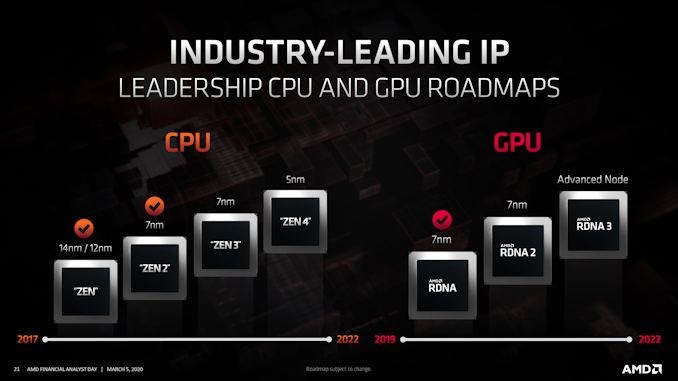
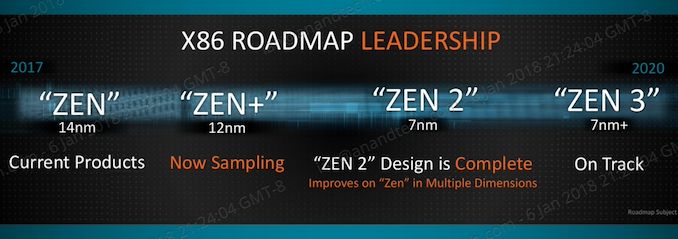
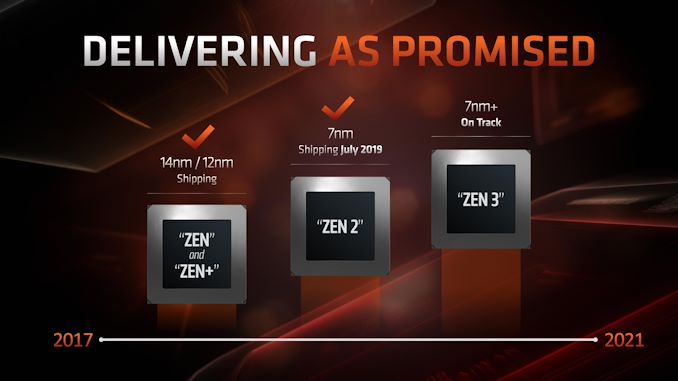
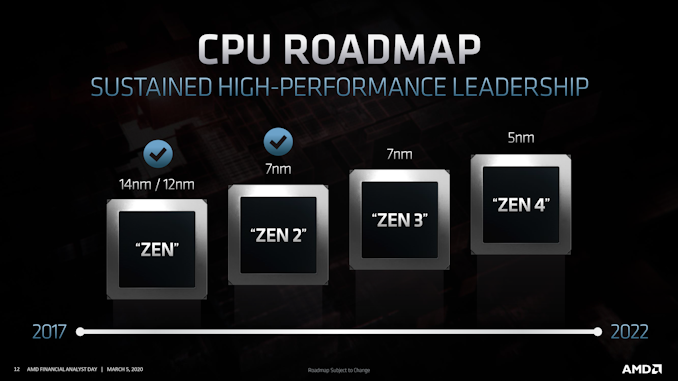

 Quote
Quote


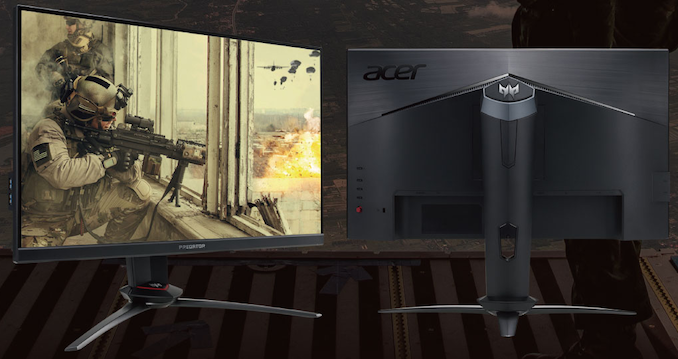
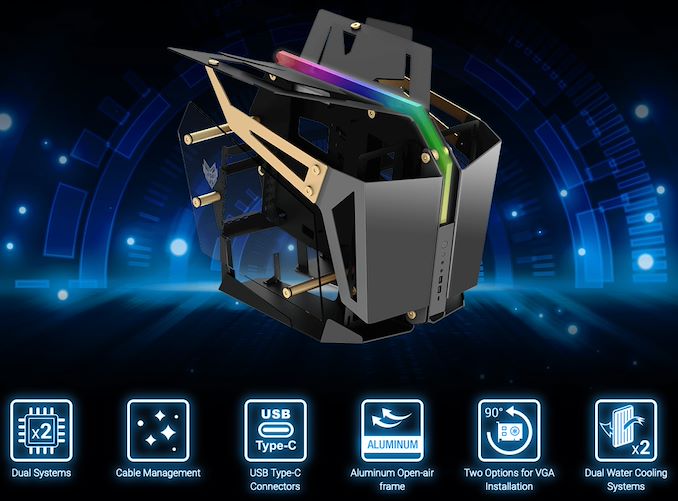
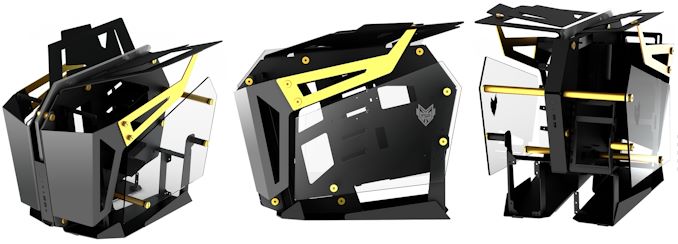

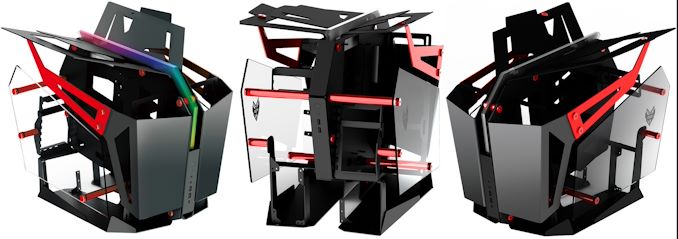
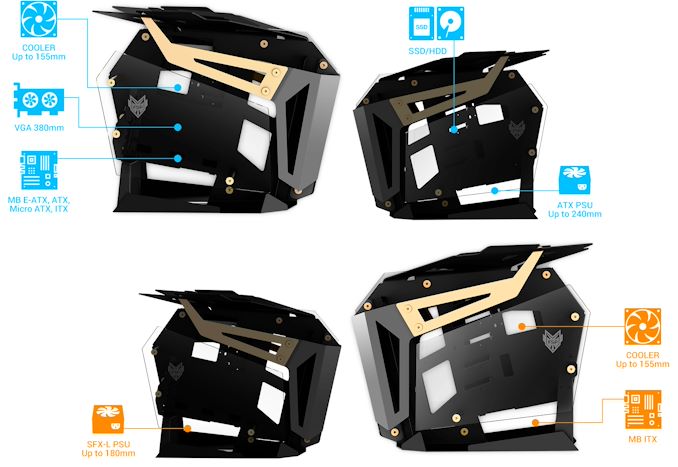
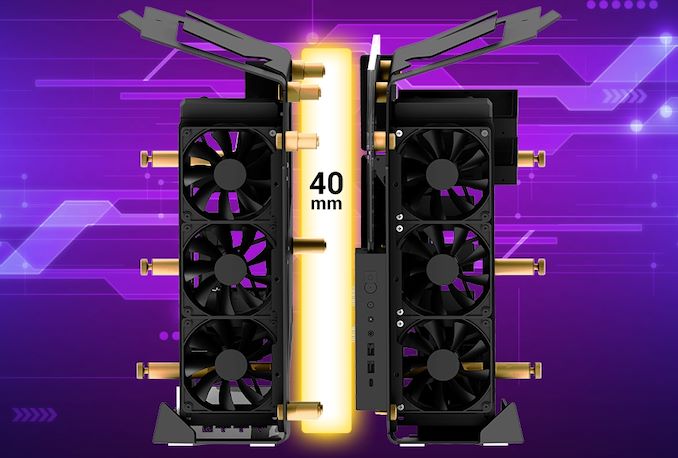
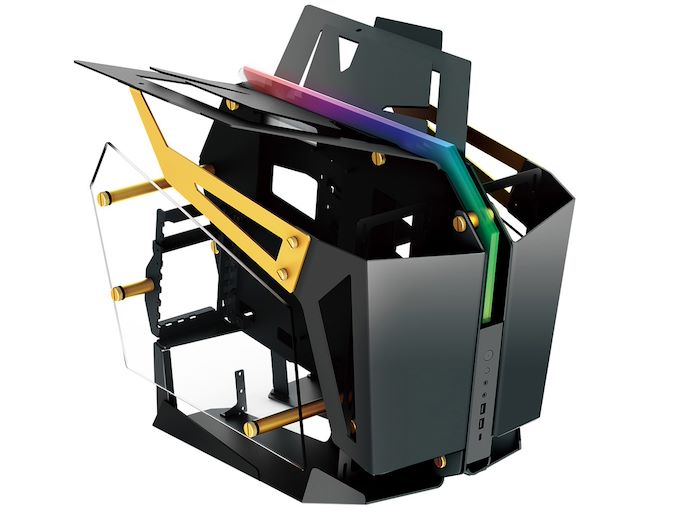
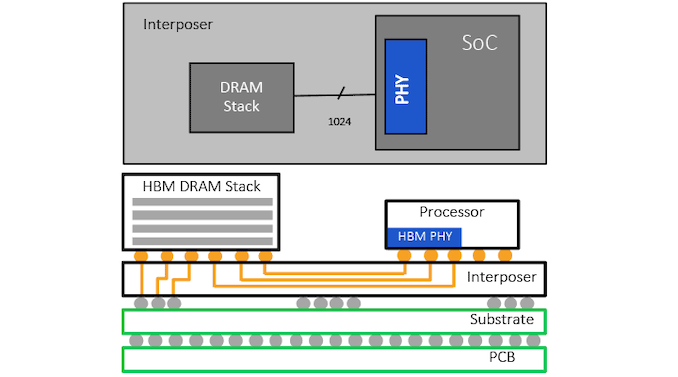
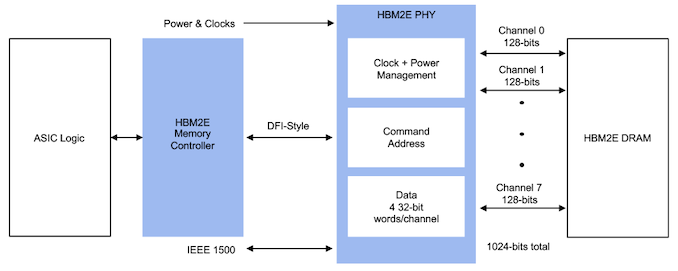

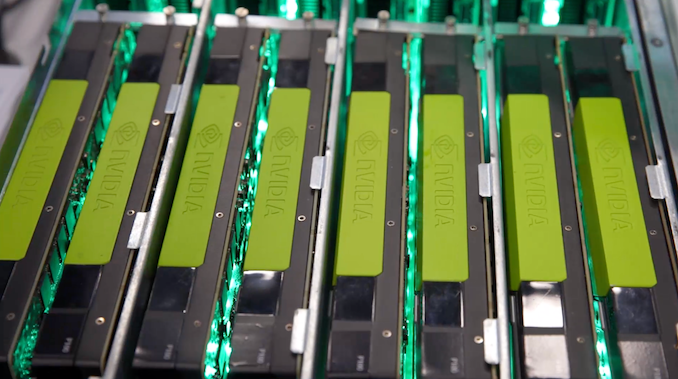
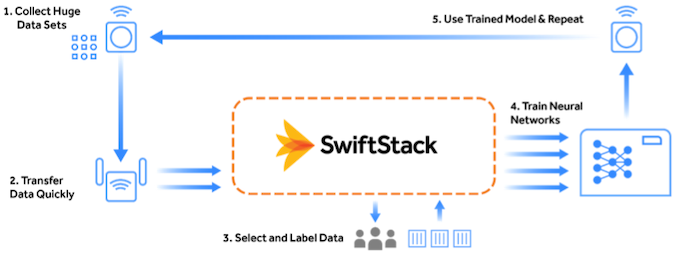
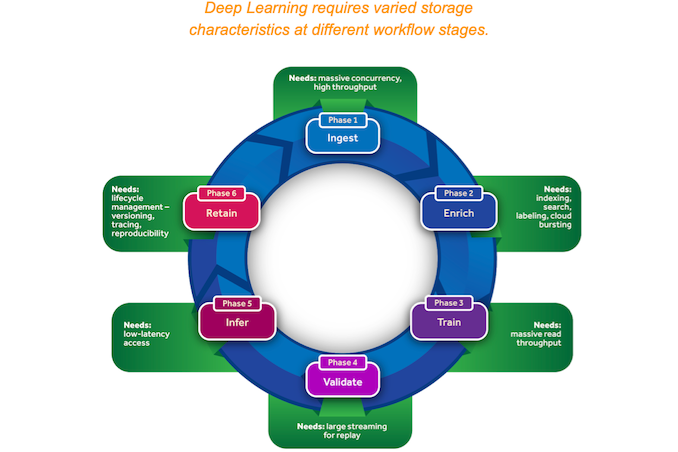
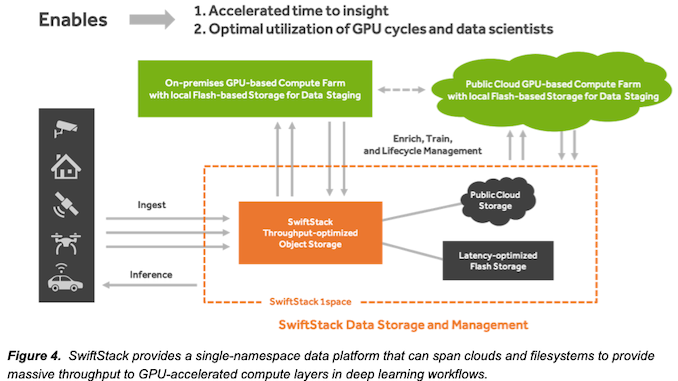
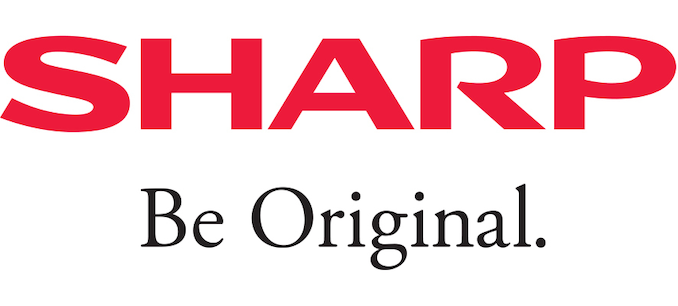
















Bookmarks